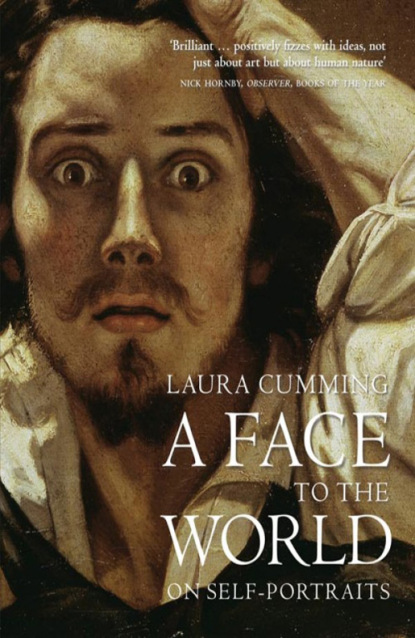По всем вопросам обращайтесь на: info@litportal.ru
(©) 2003-2024.
✖
A Face to the World: On Self-Portraits
Настройки чтения
Размер шрифта
Высота строк
Поля
Murillo is specially dressed to appear after his death in a fine lace collar and black silk tunic (he was, by all accounts, generally more threadbare). Although the highest paid artist in Seville, he gave most of his money to charity and regularly worked for the church without pay; the strain of labour registers in his face. He appears in an oval frame propped on a shelf; perhaps it is a mirror – there is that silvery play of light across the face – or perhaps it is a painting. Either way, it is modelled on contemporary frontispieces representing pictures within paintings.
Self-Portrait, c. 1670–73 (#litres_trial_promo) Bartolome Esteban Murillo (c. 1617–82)
But the illusion is broken, literally and metaphorically, by the artist’s own hand which reaches out to rest casually upon the frame, signalling subtly towards the palette and brushes on the right, balanced on the left by a drawing – what else? – of a child. Between the tools he used to make art, and the art that supported Murillo’s family, are the words he wrote for his children; the chain of creation is complete. The inscription is poignant but so is the gesture, for in that breach of illusion where Murillo’s hand moves between the two pictures there is a brief sense of freedom, a quickening, as if he were still living.
Вы ознакомились с фрагментом книги.
Приобретайте полный текст книги у нашего партнера:
Приобретайте полный текст книги у нашего партнера:





